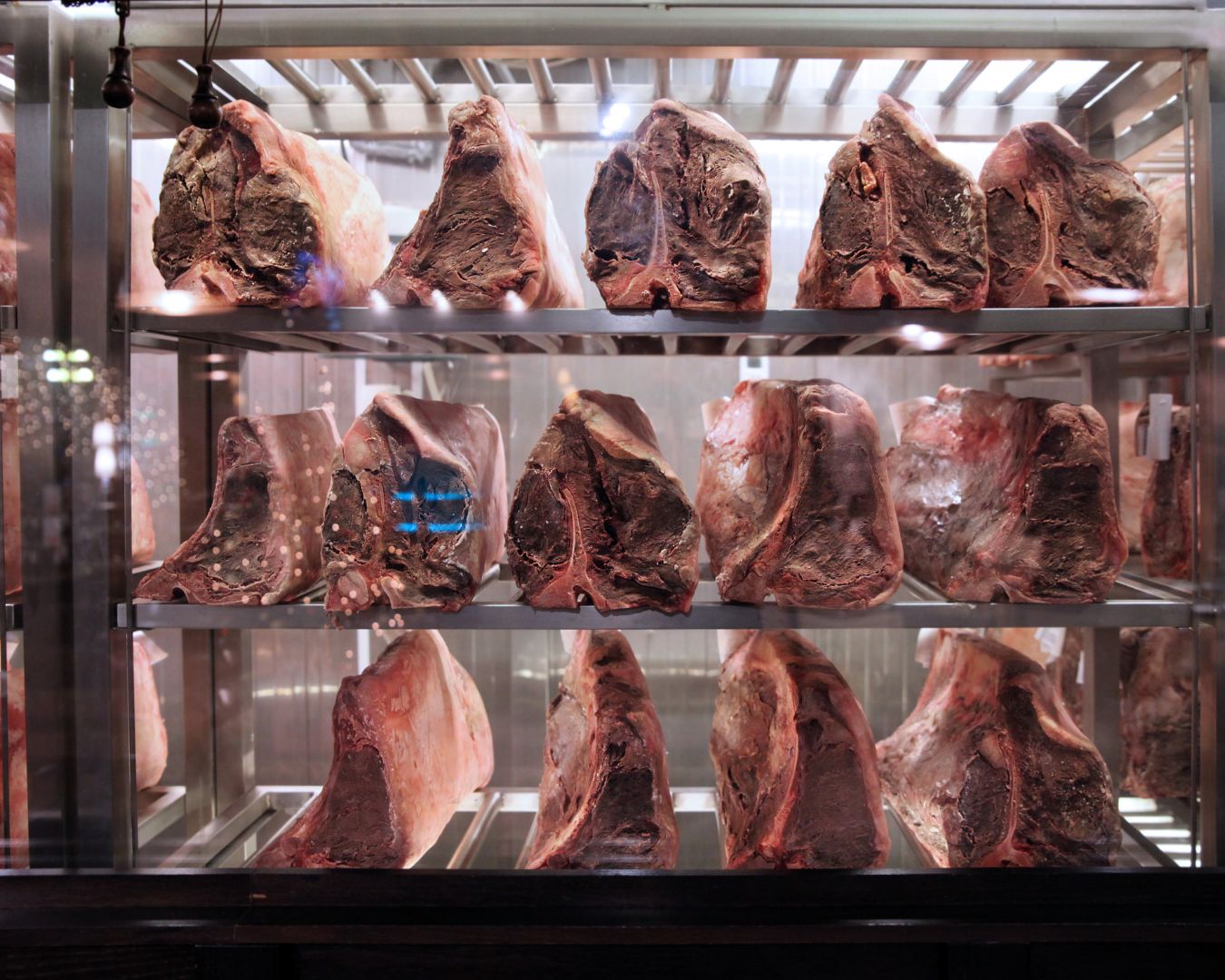Best Practices for Washing and Sanitizing Beef Cuts
Beef is a versatile and delicious protein, but improper handling can lead to contamination and foodborne illnesses. While washing raw beef is not always recommended, understanding when and how to clean and sanitize beef cuts is crucial. This guide outlines the best practices to ensure your beef is safe to prepare and cook while retaining its quality.
1. Do You Need to Wash Beef Cuts?
The USDA advises against washing raw meat, including beef, as water can spread bacteria like Salmonella and E. coli to surrounding surfaces. Instead, proper cooking is the most effective way to kill harmful bacteria. However, there are specific scenarios where cleaning beef cuts may be appropriate:
- When removing debris: If the beef has visible dirt or bone fragments.
- After marinating: To remove excess marinades that could burn during cooking.
- For cultural or personal preferences: In some culinary traditions, rinsing meat is a common practice.
2. How to Properly Wash Beef Cuts
If washing beef is necessary, follow these steps to minimize contamination:
Supplies Needed
- Clean sink or basin
- Cold running water
- Clean cutting board
- Disposable paper towels
Steps:
- Place the beef in a clean sink or bowl.
- Rinse under cold running water. Avoid splashing to prevent bacteria spread.
- Gently rub the surface to remove dirt or debris.
- Pat the beef dry with paper towels.
Pro Tip: Always clean the sink, faucet, and surrounding areas with a disinfectant after washing raw meat.
3. Sanitizing Beef Cuts Before Cooking
Sanitizing beef cuts means reducing the surface bacteria without compromising the meat’s quality. Techniques include:
1. Saltwater Rinse
Salt is a natural antibacterial agent and can help clean beef effectively.
Steps:
- Dissolve 1–2 tablespoons of salt in a bowl of cold water.
- Submerge the beef for 10–15 minutes.
- Remove, rinse with fresh water, and pat dry.
2. Vinegar Solution
Vinegar’s acidity helps reduce bacteria and tenderize the meat.
Steps:
- Mix equal parts white vinegar and water in a bowl.
- Submerge the beef and let sit for 5–10 minutes.
- Rinse under cold water and dry with paper towels.
Note: Avoid prolonged soaking as it can alter the meat’s flavor.
3. Lime or Lemon Juice
Common in many cultures, citrus juice helps sanitize and add flavor.
Steps:
- Squeeze fresh lime or lemon juice over the beef.
- Rub gently to coat the surface.
- Rinse lightly with water and dry.
4. Prevent Cross-Contamination
When handling raw beef, prevent cross-contamination to protect your kitchen and food from bacteria.
- Separate Surfaces: Use dedicated cutting boards for raw meat.
- Wash Hands: Always wash your hands with soap and water before and after handling raw beef.
- Sanitize Tools: Clean knives, tongs, and other utensils with hot, soapy water after use.
- Contain Waste: Dispose of meat packaging and paper towels immediately.
5. Cooking as the Ultimate Sanitizer
Cooking beef to the proper internal temperature is the most effective way to ensure it is safe to eat:
- Steaks, Roasts, and Chops: Cook to an internal temperature of 145°F (63°C) and rest for 3 minutes.
- Ground Beef: Cook to at least 160°F (71°C).
- Always Use a Thermometer: A meat thermometer ensures accuracy.
6. Storing Beef Safely
Proper storage helps maintain beef quality and prevent contamination:
- Refrigeration: Store raw beef in the fridge at or below 40°F (4°C). Use it within 1–2 days.
- Freezing: Wrap beef tightly in freezer-safe materials and store at 0°F (-18°C). It can last up to 12 months.
- Avoid Refreezing Thawed Meat: This can compromise texture and safety.
7. Common Mistakes to Avoid
- Using Hot Water to Rinse Beef: Hot water can partially cook the surface, affecting texture.
- Skipping Cleaning Tools: Always sanitize cutting boards and knives to prevent bacterial spread.
- Reusing Marinades: Always discard marinades that have been in contact with raw meat.
While washing beef isn’t always necessary, knowing how and when to clean or sanitize it can make your cooking experience safer and more enjoyable. By following these best practices, you’ll ensure your beef cuts are not only safe but also ready to deliver the best flavor and texture.
How do you prepare your beef before cooking? Share your methods and tips in the comments below!

